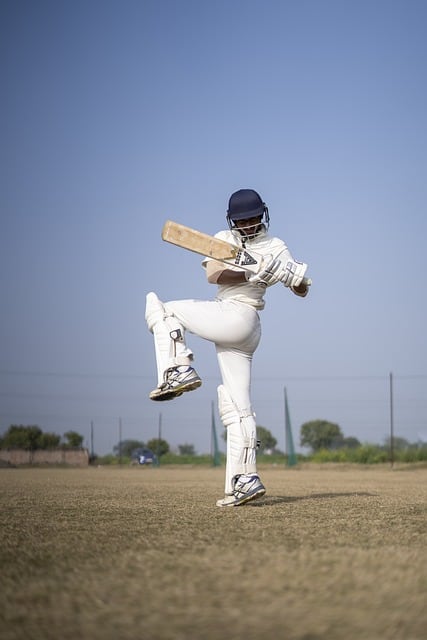Cricket bats, made from the finest willow wood, are prized possessions for cricketers. To ensure their longevity and optimal performance, it’s crucial to understand the role of moisture content in wooden cricket bats and how it can impact their quality.
In this blog post, we’ll explore the effects of moisture on cricket bats and provide essential tips on proper storage and care to safeguard these prized sporting companions.
The Importance of Moisture Content in Wooden Cricket Bats
Wood is a natural material that readily absorbs and releases moisture from its surroundings. The moisture content of a cricket bat significantly influences its weight, strength, and overall performance. Willow wood has an ideal moisture content range, and fluctuations beyond this range can cause issues that affect the bat’s longevity and playability.
Here are the effects of both high and low moisture content in your cricket bat.
Effects of High Moisture Content
- Increased Weight: A bat with high moisture content will become heavier, affecting its balance and making it challenging to play shots with precision.
- Reduced Performance: Moisture-soaked wood loses its springiness, leading to reduced power and decreased performance during shots.
- Risk of Cracks: High moisture content can cause the bat’s wood to expand, leading to the formation of cracks or even permanent damage over time.
- Swollen Handle: The handle of a bat can absorb moisture, leading to swelling and making it uncomfortable to grip.
Effects of Low Moisture Content
- Dry and Brittle Wood: When the moisture content is too low, the bat’s wood can become dry and brittle, increasing the risk of cracks and breakage.
- Reduced Power: Bats with insufficient moisture can lose their power, resulting in weaker shots and less control over the ball.
Proper Storage and Care Tips
- Avoid Excessive Moisture Exposure: Keep your bat away from damp or wet surfaces. After playing, wipe the bat gently with a dry cloth to remove any surface moisture.
- Store in Ideal Conditions: Store your cricket bat in a cool, dry place with moderate humidity levels. Avoid keeping it in direct sunlight or close to heating sources, as extreme temperatures can affect the bat’s moisture content.
- Use Bat Covers: Invest in a quality bat cover to protect your bat from moisture and scratches during transportation and storage.
- Regular Knocking-In: Properly knocking-in your cricket bat helps seal the willow fibers and prepare it for use. This process also aids in managing moisture within the bat.
- Oil Your Bat: Apply a light coat of bat oil to the face, edges, and back of the bat regularly to maintain its moisture balance and prevent excessive drying or soaking.
- Monitor Moisture Content: If you suspect your bat has been exposed to excessive moisture or dry conditions, monitor its weight and feel regularly. If necessary, seek professional help for repair or maintenance.
Final Thoughts
Understanding the role of moisture content in wooden cricket bats is vital to preserve the integrity and performance of these prized sporting instruments. By implementing proper storage and care practices, cricket bat owners can ensure their bats remain in top condition and deliver exceptional performance on the field.
Remember, a well-maintained cricket bat is not only an essential tool but also a reflection of your passion for the game. Treat it with care, and it will reward you with years of reliable service and memorable innings.

